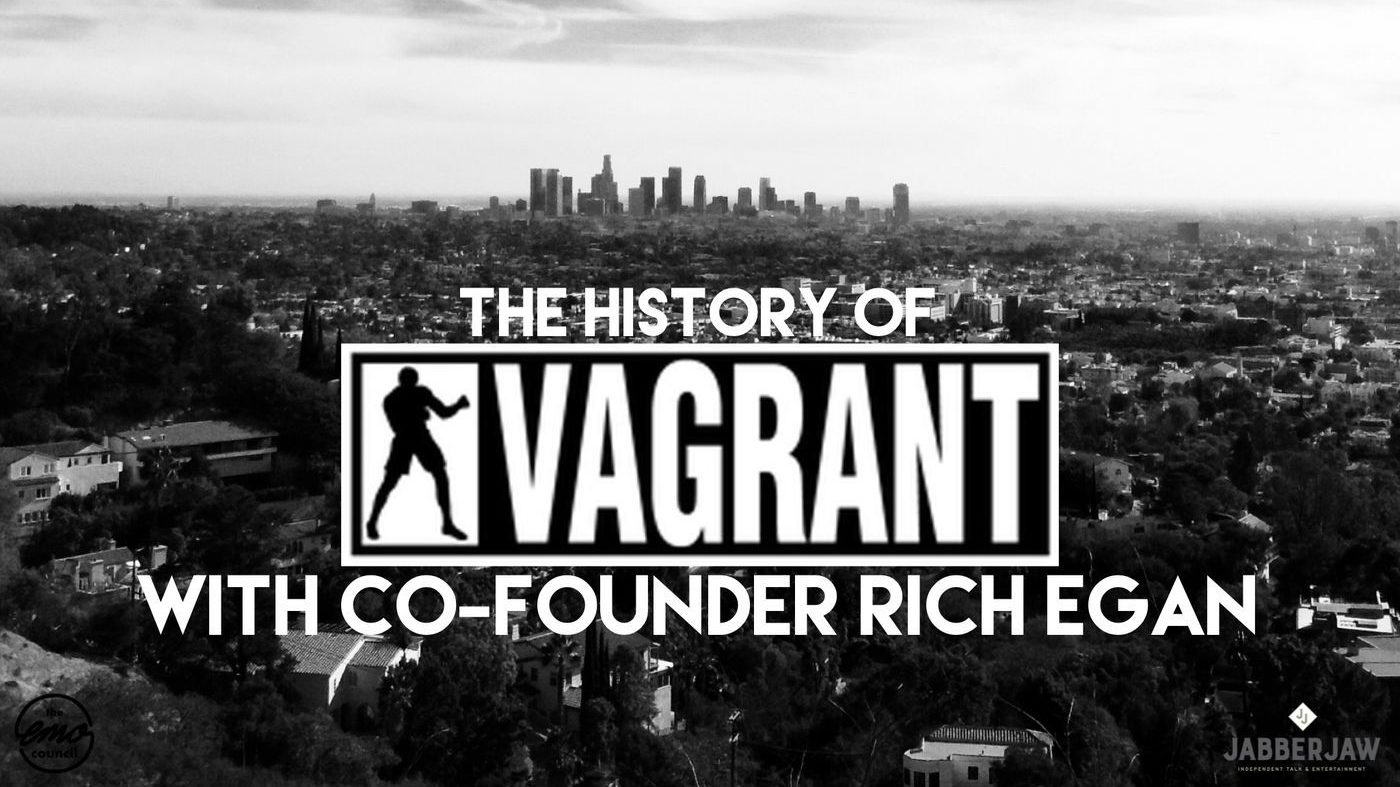Category: Culture
-
The Portage & Main Debate
Debate surrounding the referendum to reopen the Portage & Main intersection to pedestrians has been dominating my social media so much so that I feel compelled to comment. My feeds are filled entirely with #VoteOpenWPG proponent and in my humble opinion they could be doing a much better job. I’m not even strongly opposed to…
-
Return of Vegetarian Fast Food

I was a lacto-ovo vegetarian for roughly 5 years and a pescitarian for another 5 years. That was nearly 10 years ago. My reasons for becoming a vegetarian were vaguely ethical. PETA did a great job of marketing to my demographic around the turn of the century. The punk/DIY-esque social circles I interacted with on…
-
The History of Vagrant Records

The Washed Up Emo Podcast published a great 2 part interview with the co-founder of Vagrant Records. If you were ever in to the first batch of Vagrant bands, I’d highly recommend listening to these to episodes. #70 – Part 1 of 2 – The History of Vagrant Records with co-founder Rich Egan #71 –…